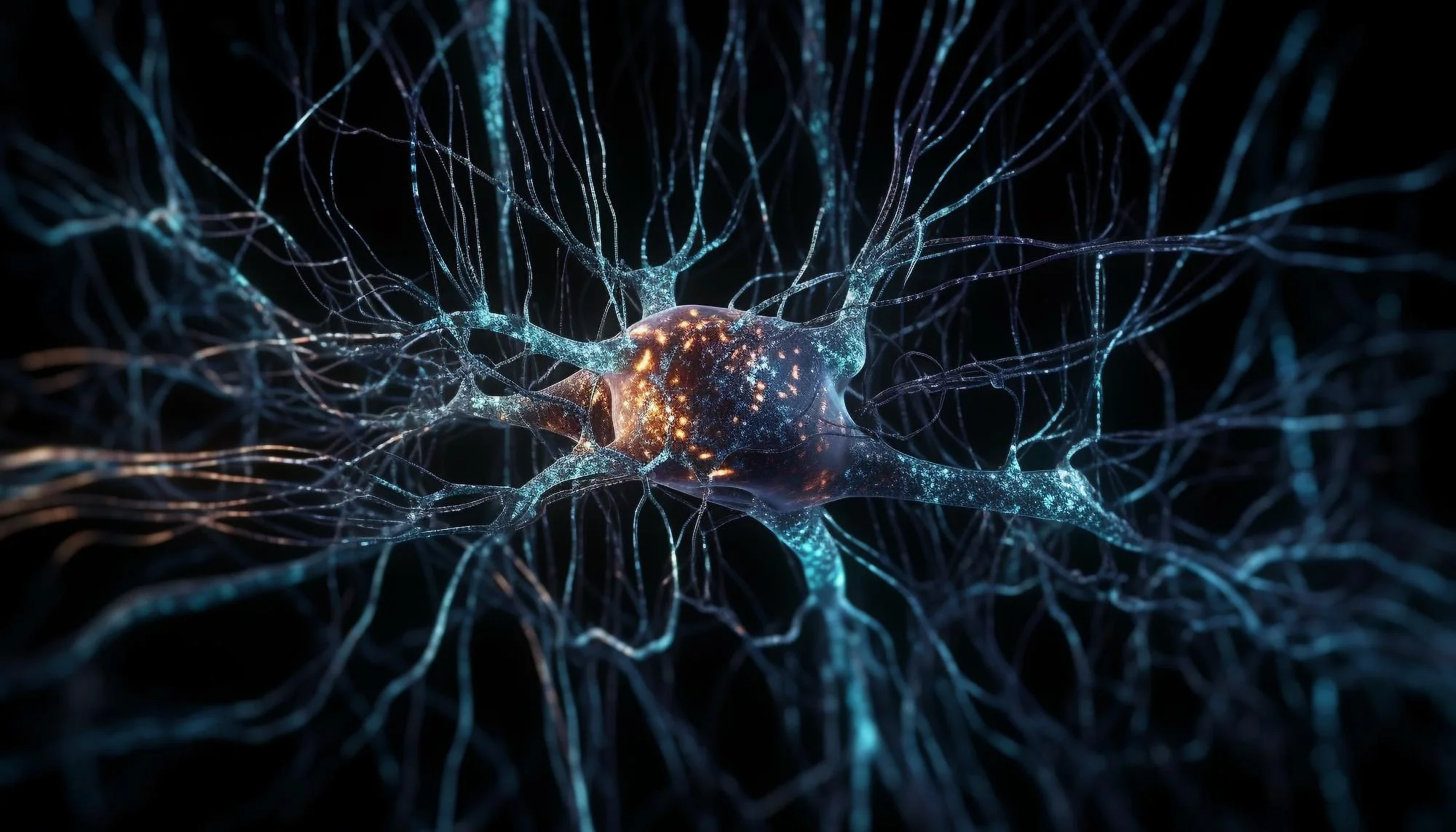The Revolutionary Light-Sensitive Dimerizer Unveils New Insights in Neuronal Functions and Diseases
Understanding the fundamental processes underpinning neuronal function is not only crucial for basic science but also for advancing treatments for neural disorders. Researchers from the Kirby Neurobiology Center and Harvard Medical School have made a groundbreaking discovery involving a light-sensitive chemical named zapalog that has sparked excitement in the field of neurobiology. The use of this innovative technology offers unprecedented insights into the behavior of mitochondria—the powerhouses of the cell—within the highly specialized axonal structures of neurons.
Published in Nature Cell Biology, the landmark study titled “The light-sensitive dimerizer zapalog reveals distinct modes of immobilization for axonal mitochondria” delineates the development and application of zapalog, a small-molecule dimerizer that is revolutionizing the way we investigate cellular processes (DOI: 10.1038/s41556-019-0317-2). In this comprehensive report, we elaborate on the methodology, findings, and implications of this intriguing innovation.
Zapalog: Shining a Light on Neuronal Mysteries
At the heart of this research is zapalog, a compound designed to control protein interactions within cells using light. Zapalog binds proteins tagged with FKBP and DHFR domains, effectively tethering them together. This dimerization persists until exposure to blue light triggers the breakdown of zapalog molecules, freeing the bound proteins.
By applying zapalog to live neurons in culture, researchers can now use blue light to precisely control the position and movement of mitochondria along axons. The study pioneered by Amos A. Gutnick, Matthew R. Banghart, Emma R. West, and Thomas L. Schwarz, with funding from multiple National Institutes of Health grants, has utilized this capability to yield new insights.
Methods to Illuminate Cellular Functions
To delve deeper into axonal physiology, researchers connected mitochondria to kinesin motor proteins using zapalog. This resulted in the forced transport of mitochondria toward the axon’s microtubule (+) ends. Upon exposure to light causing zapalog’s photolysis, the mitochondria were released, allowing the team to observe how they resumed their natural movement and positioning within neurons.
The exciting data indicates that about one-third of the initially stationary mitochondria remained immovable, even when artificially propelled. The study, supported by grants such as F32 GM110984 and R21 NS087582, highlighted the preferential anchoring of these resistant mitochondria at VGLUT1-positive presynapses.
The Discovery of Mitochondrial Immobilization Modes
Key results from the team’s application of zapalog and blue light uncover that not all mitochondria behave uniformly. Their data, published in the prestigious journal with ISSN 1476-4679, implies that a subset of mitochondria are ‘firmly anchored’ within axons and resist kinesin-mediated transport. This leads to a substantial rethink of mitochondrial dynamics within neurons and opens a door to understanding neuropathological conditions where mitochondrial positioning is disrupted.
When this bond is severed by photolysis, mitochondria tend to return to and be recaptured at presynaptic locations, suggesting a preferential retargeting mechanism influenced by synaptic activity and local signaling.
Mechanistic Insights and Future Directions
Further interrogation of the mechanisms involved revealed that the actin cytoskeleton, a structure within neurons critical for maintaining cell shape and transportation pathways, is partly responsible for this anchoring. The researchers demonstrated a direct link between the firm anchoring of mitochondria and actin polymerization, using inhibitors such as latrunculin A (a finding supported by grant P30 NS072030).
These insights have not only expanded our understanding of how mitochondrial transport is controlled within axons but have also demonstrated the versatility of using chemical dimerizers like zapalog for precision control over cellular processes.
Relevance to Neurological Disorders and Treatments
Mitochondrial dysfunction is a hallmark of many neurodegenerative diseases, including Alzheimer’s, Parkinson’s, and Huntington’s disease. By clarifying how mitochondria are positioned within neurons, this research could lead to novel therapeutic strategies.
The methodology presented sets a precedent for future research, offering a powerful new approach to manipulate cellular components in real-time. This offers the neuroscientific community essential tools for exploring the etiology of neurodegenerative diseases.
Conclusion
The study, conducted at Boston Children’s Hospital and Harvard Medical School, demonstrates the potential of light-sensitive chemicals like zapalog to provide versatile and controllable strategies in biological research. As we move forward, the implications of such technology stretch far beyond academia, showing promise for therapeutic innovation in neurology and beyond.
References & Further Reading
For more details concerning this groundbreaking discovery, the following resources provide a wealth of information. They aid the exploration of mitochondrial behavior in neurons and the potential of light-sensitive dimerizers in biomedical research:
1. Gutnick, A. A., Banghart, M. R., West, E. R., & Schwarz, T. L. (2019). The light-sensitive dimerizer zapalog reveals distinct modes of immobilization for axonal mitochondria. Nature Cell Biology, 21(6), 768–777. https://doi.org/10.1038/s41556-019-0317-2
2. Misgeld, T., & Schwarz, T. L. (2017). Mitostasis in Neurons: Maintaining Mitochondria in an Extended Cellular Architecture. Neuron, 96(3), 651–666. https://doi.org/10.1016/j.neuron.2017.09.028
3. Sheng, Z.-H., & Cai, Q. (2012). Mitochondrial transport in neurons: impact on synaptic homeostasis and neurodegeneration. Nature Reviews Neuroscience, 13(2), 77–93. https://doi.org/10.1038/nrn3156
4. Saxton, W. M., & Hollenbeck, P. J. (2012). The axonal transport of mitochondria. Journal of Cell Science, 125(Pt 9), 2095–2104. https://doi.org/10.1242/jcs.053850
5. Voss, S., Klewer, L., & Wu, Y.-W. (2015). Chemically induced dimerization: reversible and spatiotemporal control of protein function in cells. Current Opinion in Chemical Biology, 28, 194–201. https://doi.org/10.1016/j.cbpa.2015.06.026
Keywords
1. Zapalog dimerizer
2. Neuronal mitochondria immobilization
3. Axonal mitochondrial transport
4. Light-sensitive cellular control
5. Neurodegenerative disease research
